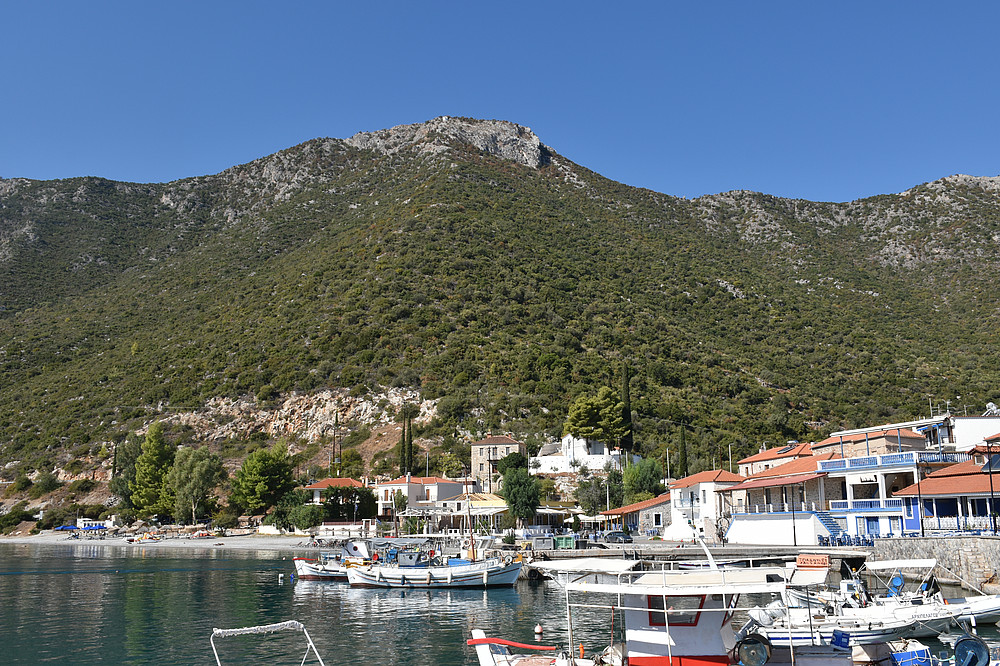Trans-Mediterranean entanglements and eco-aesthetic reflections in 19th century French travelogues
Hannah Barmüller specialising in Romance Studies
The dissertation project deals with Mediterranean topographies from a literary studies perspective - in other words, with the literary-aesthetic representation of real spaces and places that are (re-)constructed in texts, transforming existing discourses and creating new ones. The study examines travelogues from the long 19th century, whose authors explore the port cities of North Africa and the Levant as well as the desert hinterland with its transport routes, trade routes, pilgrimage routes and oases. The work focuses on the modes of writing with which the Mediterranean topographies are aestheticised, as well as their interweaving with discourses on interspecies relations and the (non-)human environment, which, in addition to their trans-Mediterranean significance, are also examined in terms of their global reach.

![Juliana Reinisch - Doktorandin des Schwerpunktbereichs Transmediterrane Verflechtungen ©Wolfenbüttel, Herzog August Bibl., Cod. 30.12, Aug. 2°, fol. 36r. [URL: https://diglib.hab.de/mss/30-12-aug-2f/start.htm] Castle, boat, people ©Wolfenbüttel, Herzog August Bibl., Cod. 30.12, Aug. 2°, fol. 36r. [URL: https://diglib.hab.de/mss/30-12-aug-2f/start.htm]](https://static.uni-graz.at/fileadmin/_files/_project_sites/_transmediterranean/Juliana_Reinisch_Doktorantin_Bild_zum_Text.jpg)
Varying images of the 'heath'
On the representation of the pagan and oriental in Wolfram von Eschenbach's Willehalm, the Arabel Ulrichs von dem Türlin and the Rennewart Ulrichs von Türheim
Juliana Reinisch specialising in German Medieval Studies
The Orient of medieval narrative texts generally represents an alternative world to the familiar Western-Christian cultural space, separated by the sea and already based on ancient narrative traditions. The most essential and clearly judgemental criterion of difference is usually religion, here the 'crists' on the other side of the sea the 'pagans'. At the same time, however, literary interrelationships between the two cultural areas are also evident and their forms of representation prove to be quite dynamic in both intra- and intertextual comparison. The aim is to trace these interdependencies and dynamics.
Prasiai
Topography and history of the polis from archaic to Hellenistic times
Hans W. Scherer, Field of study: Archaeology
The dissertation examines the development of the ancient city of Prasiai from the 7th to the 3rd century BC. Located on the east coast of the Peloponnese, Prasiai was the scene of an eventful history, characterised by the influences of Sparta and Argos. It forms the capital of a micro-region with links to sites on the high plateau of the Parnon Mountains and across the sea in the Gulf of Argos. Through archaeological excavations and topographical work, the project aims to gain a comprehensive understanding of the structure and development of the city and, subsequently, of the relationship between Sparta and the cities in the mountains and on the coast.
